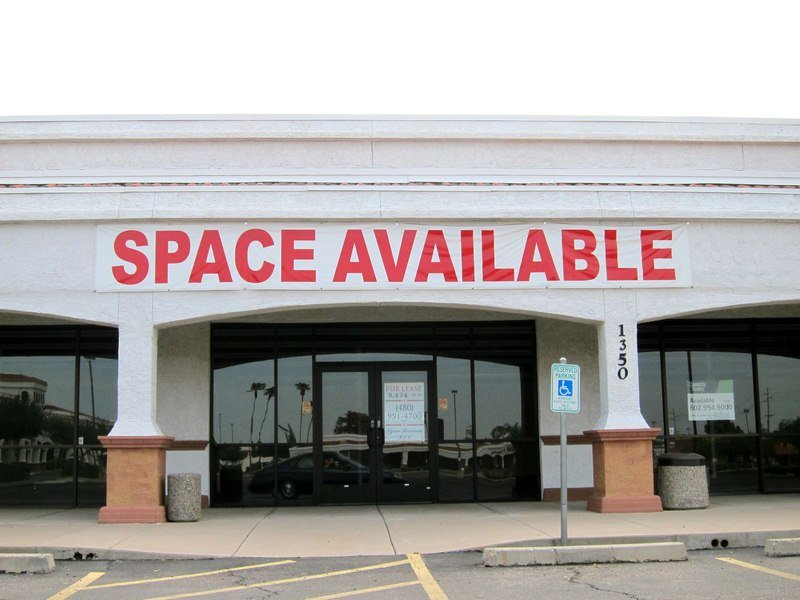Table of Contents Show
Planning to go into rental business, or looking for a new space to rent? The next thing from how much rent you are going to pay is the rental agreement. A rental agreement is a contract agreed upon between a landlord and a tenant specifying the terms of the rent, and the rights of the tenant to occupy landlord’s property.

Rental Agreements: What You Need to Know
Rental agreements can be formal (i.e. in writing) or informal (i.e. oral or implied agreements). But, of course, the safest way when you enter into a rent, is to put everything in writing.
There are a number of advantages from a written rental agreement because it already outlines all the terms and conditions being agreed to between the landlord and the tenant. Any changes subsequent to the agreement will then have to be mutually agreed upon by both parties.
There are important terms that you must include in your rental agreements and these are the following:
Read Also:
All of the Tenants’ Names
The rental agreement should specify every adult tenant who lives in the unit that is being rented. And if you are renting office space, the name of the owner and the business establishment must also be identified. With this, the tenant shall be bound to be legally responsible for the terms and conditions being posited in the agreement.
This will also help you legally enforce rental payments to those identified as tenants, and if one of those tenants will violate the terms agreed upon, then you will also have proper grounds in the termination of the rental agreement.
Occupancy Limitations Should Also Be in Place
The agreement should specifically indicate the area to be rented out by the tenant, and that such tenant must not go beyond what is being specified. This limitation guarantees you your right on who will occupy your property and to limit the number of such occupants.
This clause will also give you proper grounds for eviction on tenants who inconspicuously move a friend or some relative, or sublet the unit without asking for your permission first.
The Term of the Tenancy Should Be Indicated
A rental document is faulty if it lacks all the essential elements and one essential element that must be indicated is the period of stay which can either be fixed or not.
Usually, rental agreements run on a month-to-month with a self-renewal clause unless it is being terminated either by the landlord or the tenant. You have the choice of how long you want each tenant to stay on your premises.
The Rate or the Rent Amount
The rate or the rent amount including the tax implications must also be shown in the rental agreement. This comes along with the date when rent should fall due and the method of payment.
The most preferable way is by cash or checks indicating the details of such payment (rent, late fees, and other surcharges). This way, any disputes in terms of payment will be quickly resolved because the details are already enumerated.
Security Deposit and Other Fees
The security deposit and other fees must also be included in the agreement. The use and the return of such security deposit should also be crystal clear and mutually agreed to by both parties because the security deposit is usually one source of disagreements between the landlord and the tenant.
So to avoid confusion and other hassles, the rental agreement should specifically indicate the limits, the use, and the return of such security deposit including the amount to be treated as security deposit, how the security deposit is going to be utilized, or the restrictions to the tenant in using the security deposit, the date and how the security deposit is going to be returned including the deductions to be charged upon such deposit after the tenant terminates rental agreement, and any nonrefundable fees agreed upon.
Responsibilities
The responsibilities for the repairs and maintenance should also be specified so both landlord and tenant will avoid hassles and disagreements on who pays such amount. These responsibilities can include the following:
- The responsibility of the tenant to keep his rented area clean and sanitized and to pay for any kind of damage brought about by such tenant’s negligence.
- If there are inherent defects in the area being rented, the tenant should be responsible in notifying you on the details of such defects and to make requests for such repairs.
- Restrictions and conditions should be in place when it comes to tenant’s alterations to such area. Like additional installations that the tenant might want for his personal or business needs.
The Entry to the Rented Property
The entry to the rented property should also be vested to the tenant only. This way, any illegal entries or violations of privacy will be avoided.
Restrictions on Illegal Activities Should Also Be Indicated
It will be bad for your business when you expose yourself to such activities. This way, you are avoided from unnecessary lawsuits brought about by such tenants.
The Rules on Pets Are Also a Necessary Inclusion
Whether you allow your tenants to have pets or not, it must be clear to both parties so to avoid conflicts. And if pets are being allowed, restrictions should also be in place so to not cause any trouble to tenants who are not that much fond of animals, especially when it comes to animal manure.
Other Necessary Restrictions
Other necessary restrictions that you want your tenant to observe should also be agreed upon. It will also be good if you allow any tenant requests, as long as it does not violate any relevant law, health and safety regulations, tenancy rules, and other regulations. State laws are also important matters to be considered so that both the landlord and tenant will be protected.
You may want to create your own template for rental agreements or you can easily download available forms online, and then you can just add, delete, or modify terms which are fitting to both ends. Rental agreements are legally binding contracts, so whether it comes in one page or several pages, it most essential that it covers basically all the terms that are indispensable during the tenancy.









